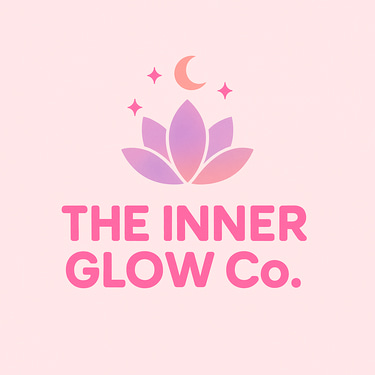How to Build a Skincare Routine for Hormonal Health | The Inner Glow Co
Hormonal Skincare Routine: How to Balance, Calm, and Glow Naturally Discover how to build a skincare routine that supports hormonal balance, calms breakouts, and nurtures radiant, healthy skin naturally. Your glow starts here.
GLOWSKIN CAREWELLNESSCONFIDENCE
Maisie Henn
4/26/20254 min read
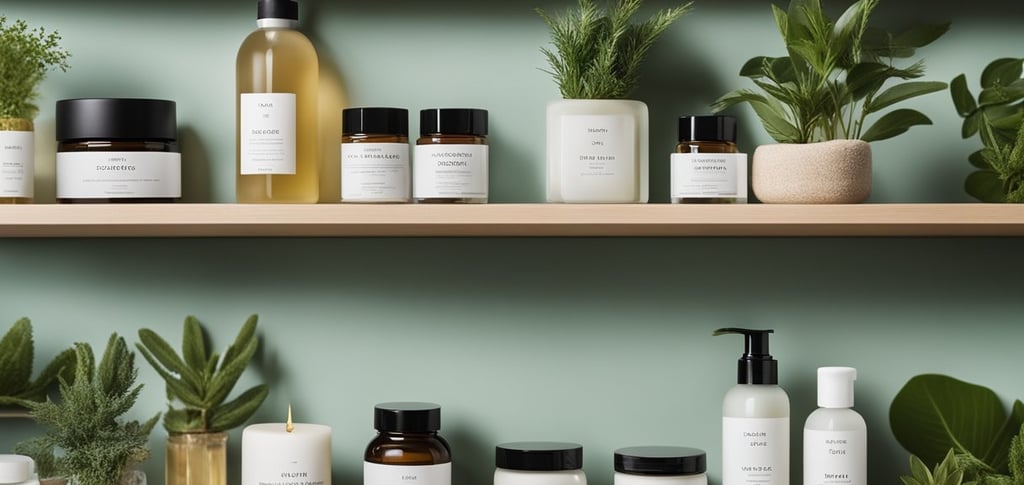


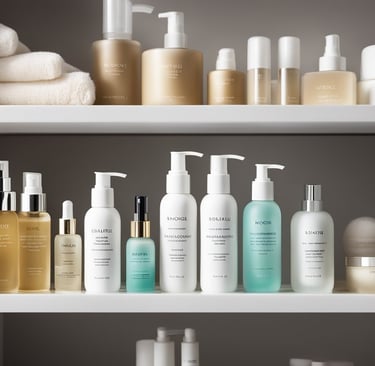
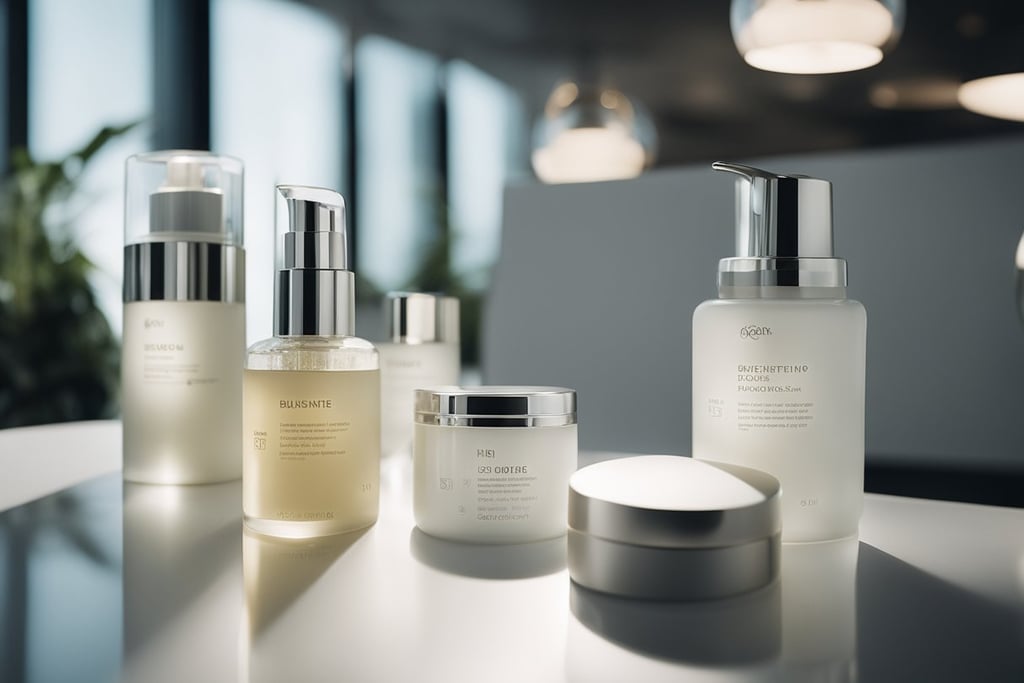

Best Skincare for Hormonal Balance: Effective Routines to Support Clearer Skin
Hormonal changes can make breakouts appear out of nowhere. I know how upsetting it is to see stubborn acne even when following a daily skincare routine.
The best way to care for skin during hormonal imbalances is to use gentle cleansers, oil-free moisturizers, and creams with ingredients like salicylic acid or benzoyl peroxide.
I always look for products made for sensitive or acne-prone skin and avoid harsh scrubs or heavy oils. I also try to pay attention to what triggers my breakouts, like stress or changes in my cycle, and adjust my routine when I need to.
Key Takeaways
Hormones play a big role in skin health.
Gentle, targeted skincare can help manage hormonal acne.
Knowing your triggers helps you care for your skin better.
Understanding Hormonal Imbalances and Skin Health
Hormones can play a major role in how my skin looks and feels. Changes in my hormone levels, especially during puberty, periods, pregnancy, or stress, can trigger skin issues like acne.
How Hormones Affect the Skin
Hormones such as androgens, estrogen, and progesterone influence my skin’s oil production.
When androgen levels rise, oil glands may produce extra sebum, clogging pores and leading to breakouts.
Hormonal shifts during my menstrual cycle, pregnancy, or periods of stress can cause my skin to become oilier or drier.
Some medications or health conditions can also influence hormone levels, often showing up on my skin first through changes in texture or clarity.
Common Signs of Hormonal Acne
Hormonal acne usually appears as deeper, more painful pimples below the surface. It often clusters around the jawline, chin, and cheeks.
I tend to notice patterns, like a few stubborn breakouts just before my period. These breakouts often feel tender and may leave lingering redness or swelling.
Unlike teenage acne, hormonal acne often appears in adulthood and doesn’t always respond to traditional spot treatments.
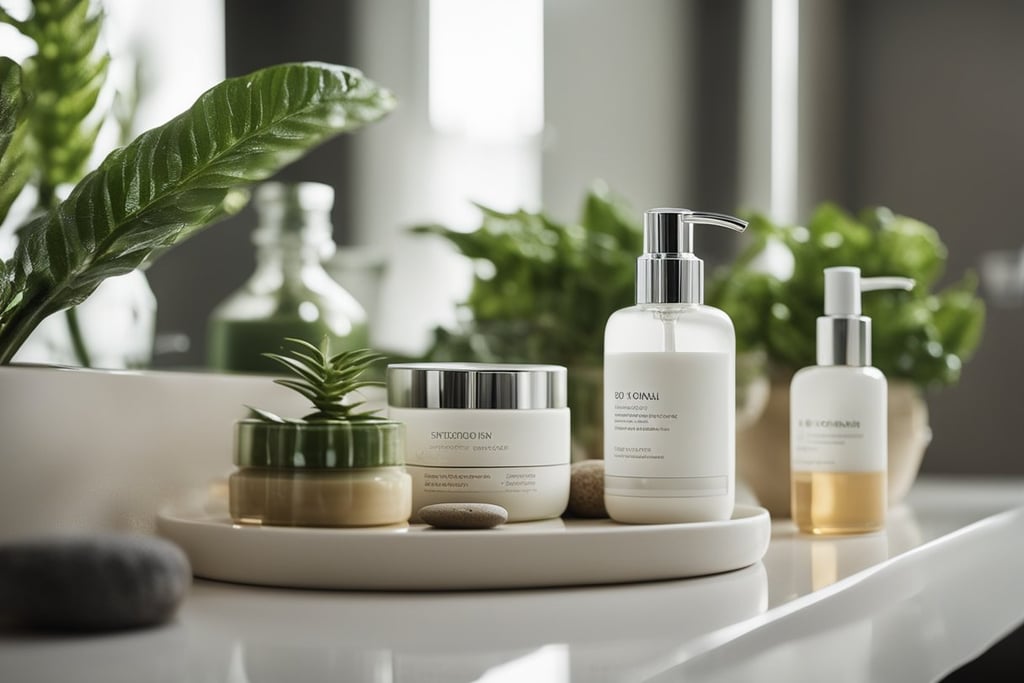

Identifying Hormonal Triggers
Certain factors cause my hormones to fluctuate and trigger acne:
Menstrual cycle: Breakouts often start a week before my period.
Pregnancy: Hormone shifts can make skin oilier.
Stress: High cortisol levels can increase oil production.
Birth control changes: Starting or stopping pills impacts hormone balance.
PCOS: Chronic hormonal imbalances that can cause persistent breakouts.
Keeping a simple journal tracking breakouts, stress levels, and lifestyle changes has helped me better understand and predict my skin’s needs.
Best Skincare Strategies for Hormonal Balance
Hormonal acne needs special care that focuses on gentle routines, smart ingredients, and healthy daily habits.
I focus on keeping my skin balanced, preventing breakouts, and reducing redness without over-drying or irritating my skin barrier.
Daily Skincare Routines for Hormonal Acne
Every morning and evening, I start with a gentle cleanser. Lately, I’ve loved the CeraVe Acne Foaming Cream Cleanser — it uses 4% benzoyl peroxide, but somehow feels so creamy and non-stripping. I like that it cleans deep without leaving my skin tight or uncomfortable.
Another great option when my skin feels extra oily is the La Roche-Posay Effaclar Medicated Gel Cleanser.
It has 2% salicylic acid and foams lightly, which helps calm active breakouts without being harsh.
After cleansing, I always apply a lightweight, oil-free moisturizer.
For treatment, if I see a new breakout forming, I carefully use a targeted serum like The Ordinary Niacinamide 10% + Zinc 1% Serum.
This little bottle is a hero — it’s affordable, calming, and truly helps flatten stubborn breakouts if I’m consistent.
When my skin needs an extra boost (especially around my cycle), I add in the Differin Adapalene Gel 0.1% a few nights a week.
It’s a gentle over-the-counter retinoid that has made a huge difference in reducing deep, painful cysts over time, though I’m always careful to layer it with a good moisturizer to prevent dryness.
And of course, I never skip sunscreen!
I trust the EltaMD UV Clear Broad-Spectrum SPF 46 daily — it’s super lightweight, blends invisibly, and has niacinamide to help calm redness.
It’s one of the few sunscreens that doesn’t clog my pores or feel greasy.
Basic Hormonal Skincare Routine:
Gentle Cleanser (e.g., CeraVe or La Roche-Posay)
Non-comedogenic Moisturizer
Oil-Free Sunscreen (e.g., EltaMD UV Clear)
Targeted Spot or Serum Treatment (e.g.,The Ordinary Niacinamide orDifferin Gel)
Final Thoughts
Managing hormonal skin is a journey, not a quick fix.
But with the right gentle skincare routine, powerful ingredients, mindful lifestyle habits, and a little patience, clear and balanced skin is absolutely possible.
These product choices have truly helped me regain confidence and feel more in control of my skin health, even during the ups and downs of hormonal changes.
Loved this post? Follow along for more beauty and wellness insights!
Subscribe to The Inner Glow Co. newsletter for fresh posts, exclusive glow guides, and natural beauty inspiration.
Quick Product List For Ease
Product: CeraVe Acne Foaming Cream Cleanser
Why I Love It: Deep cleans without drying
Product: The Ordinary Niacinamide 10% + Zinc 1%
Why I Love It: Clears, calms, strengthens skin
Product: La Roche-Posay Toleriane Moisturizer
Why I Love It: Calms active breakouts
Product: Differin Adapalene Gel 0.1%
Why I Love It: Reduces deeper cystic acne
Product: EltaMD UV Clear SPF 46
Why I Love It: Lightweight daily protection
Disclosure: The Inner Glow Co. may earn a small commission through affiliate links. Thank you for supporting mindful, glow-supporting content.
Ingredients That Support Hormonal Skin
Some ingredients I’ve had the best success with include:
Salicylic Acid
Benefits: Clears pores, reduces inflammation
Niacinamide
Benefits: Calms redness, strengthens barrier
Retinoids
Benefits: Regulate cell turnover, unclog pores
Zinc
Benefits: Reduces oil and soothes skin
Lifestyle Factors That Impact Skin Balance
Beyond products, I notice that my skin reflects my lifestyle:
Getting enough sleep (7–8 hours) helps my skin recover faster.
Managing stress through breathing exercises, gentle yoga, and journaling helps avoid flare-ups.
Eating a balanced diet focused on whole foods, with less dairy and sugar, has improved my breakouts significantly.
Drinking water consistently throughout the day also boosts my skin's overall resilience.
Beauty | Health | Wellness
Empowering insights for your holistic lifestyle journey.
Beauty
Glow
Contact at:
© 2025. All rights reserved.
